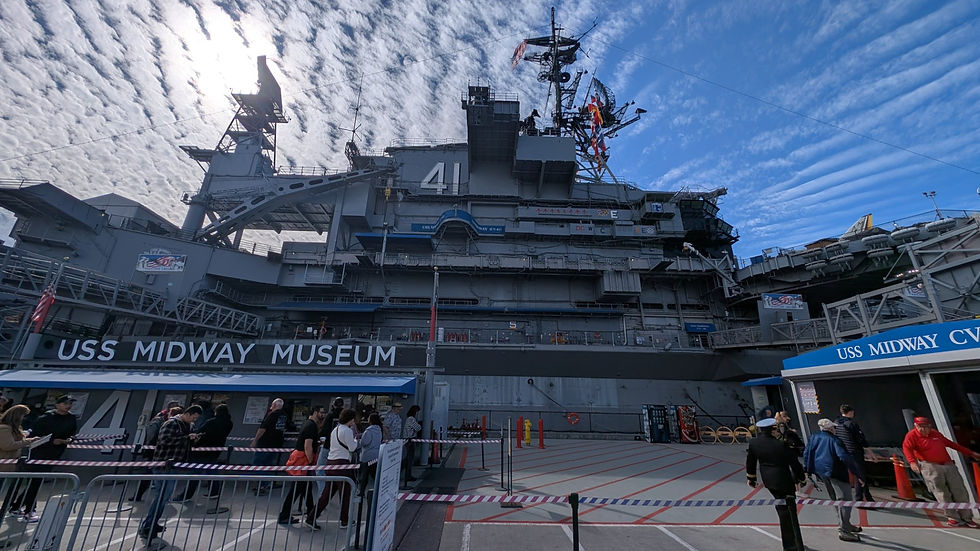
Vought A-7B Corsair II
(Click on Picture to Bring Up Full Image)

The A-7B Corsair II was a carrier-capable subsonic light attack aircraft designed and manufactured by Ling-Temco-Vought (LTV). Introduced in the mid-1960s as a replacement for the A-4 Skyhawk, the A-7B variant served with the U.S. Navy as its primary light attack aircraft, earning recognition for its precision bombing capabilities and extended combat radius.
The single-seat Corsair II measured 46 feet in length with a wingspan of 38 feet and was powered by a Pratt & Whitney TF30-P-8 turbofan engine. With a maximum speed of 698 mph, the aircraft had a combat radius of over 700 nautical miles while carrying a full weapons load. The A-7B could carry up to 15,000 pounds of ordnance on eight external hardpoints, including bombs, missiles, and an internally mounted M61A1 20mm Vulcan cannon.
The munitions under wing in the photo appear to be:
Mk 82 General Purpose Bombs: These are 500-lb low-drag general-purpose bombs.
AGM-88 HARM (High-speed Anti-Radiation Missile) or a similar missile-shaped ordnance (on the outer station):
AGM-62 Walleye (located next to fuselage) Guided Glide Bomb (not a powered missile)
Naval operations with the A-7B began in 1968 when it deployed aboard USS Ranger, and the aircraft quickly became central to Navy attack missions during the Vietnam War. The Corsair II's advanced avionics allowed it to conduct precise bombing runs in adverse weather conditions and at night. The A-7B's excellent range meant it could loiter in the combat area longer than its predecessors, providing extended air support for ground forces.
The Corsair II continued serving with the Navy until the early 1990s when the F/A-18 Hornet replaced it. The aircraft's design proved so successful that pilots jokingly referred to it as SLUF (Short Little Ugly Fella, with a more colorful "F" often substituted). This nickname reflected its appearance and the crew's appreciation for this reliable aircraft.
